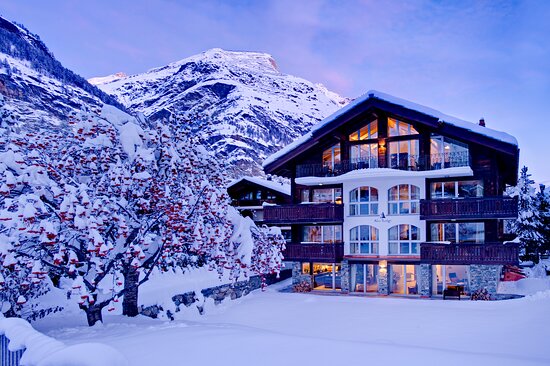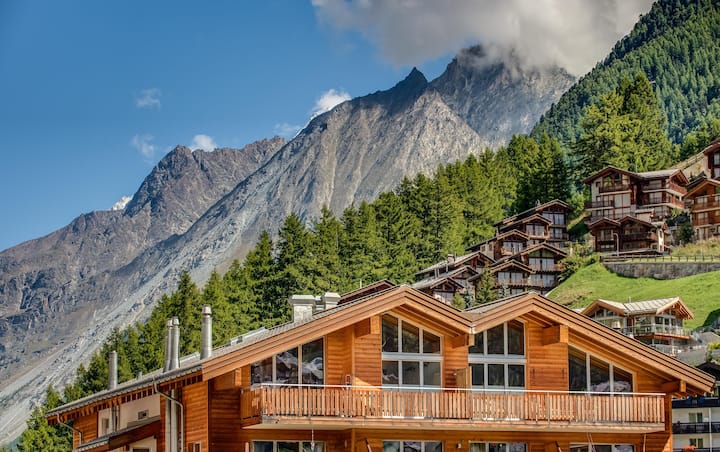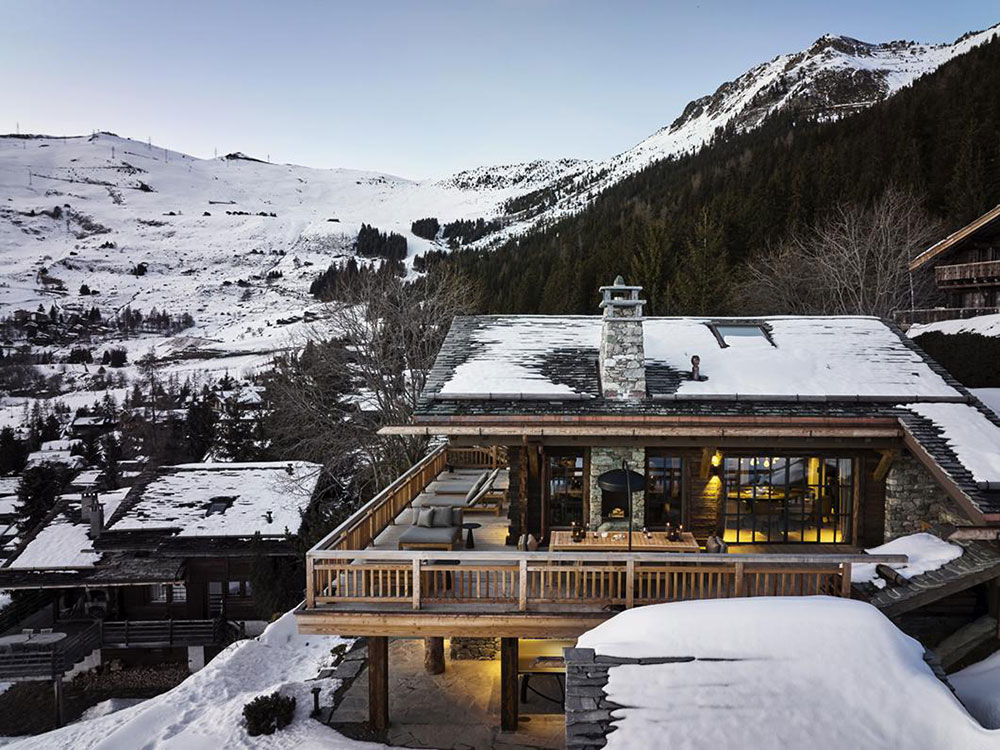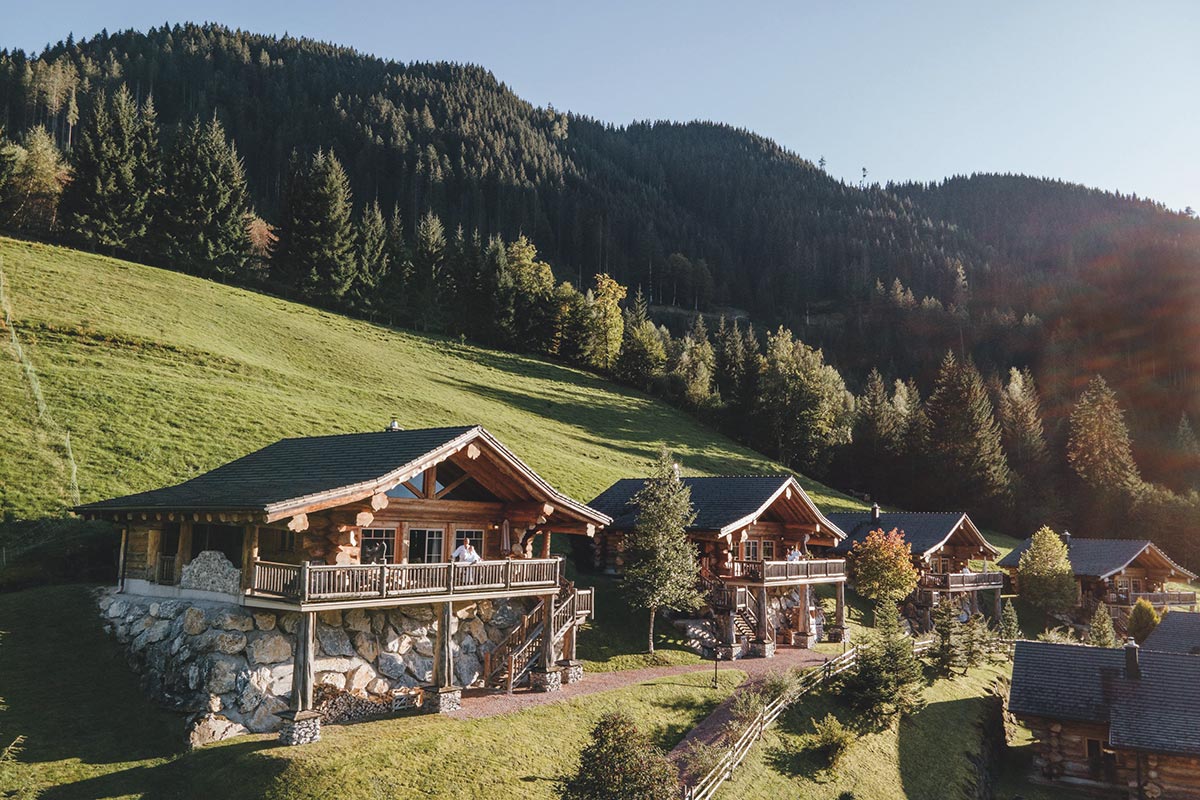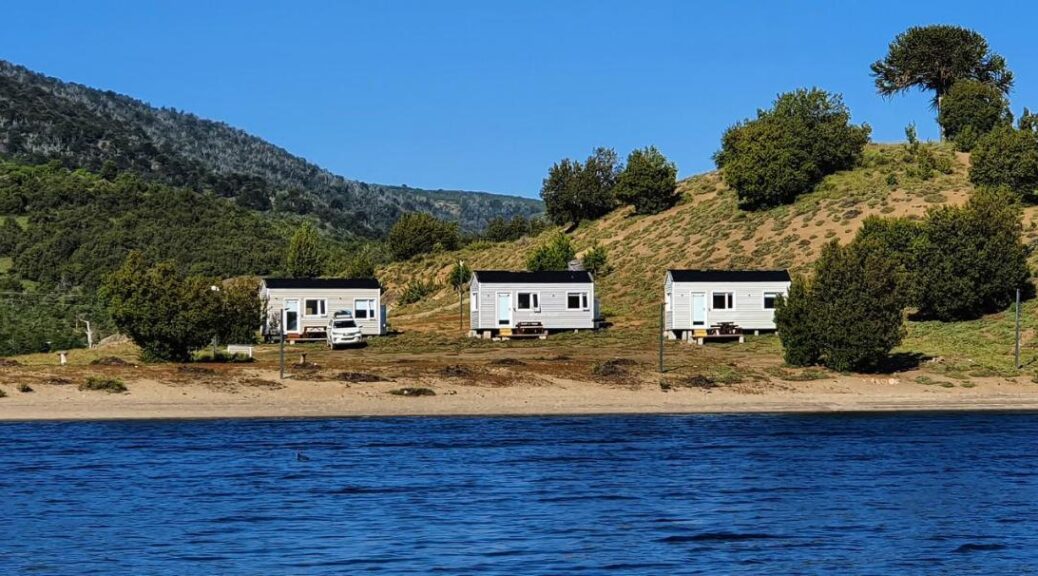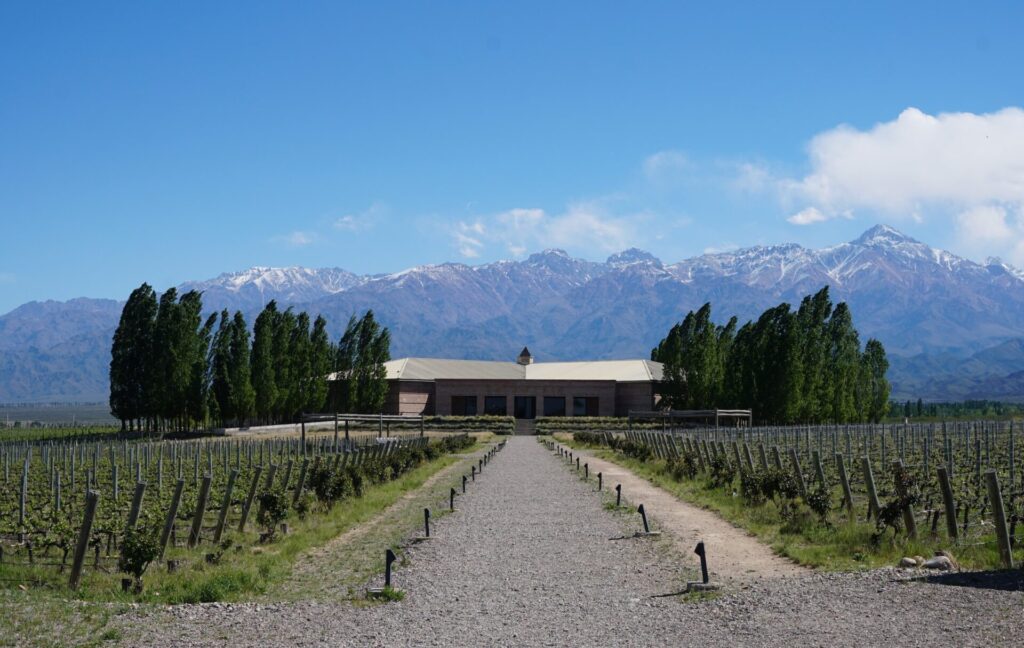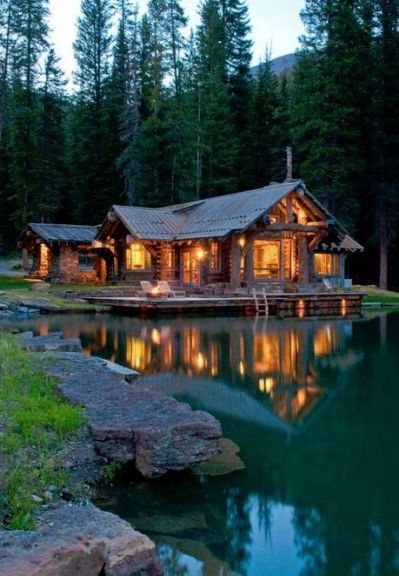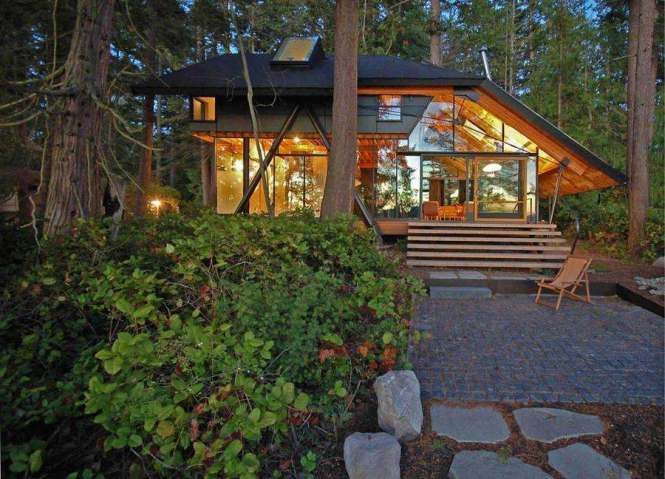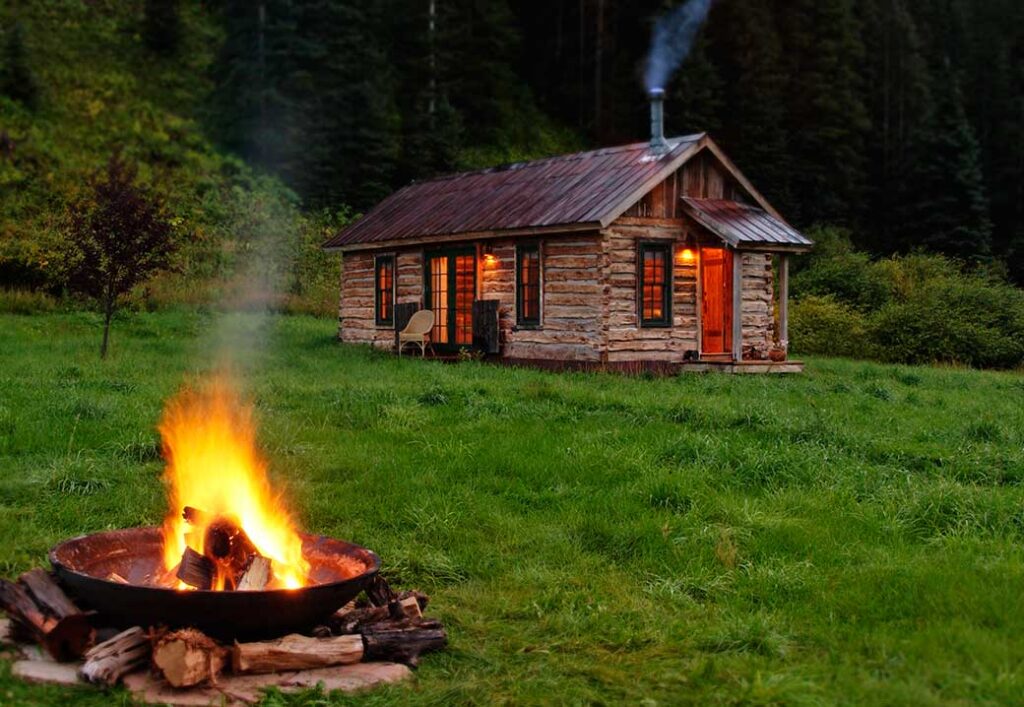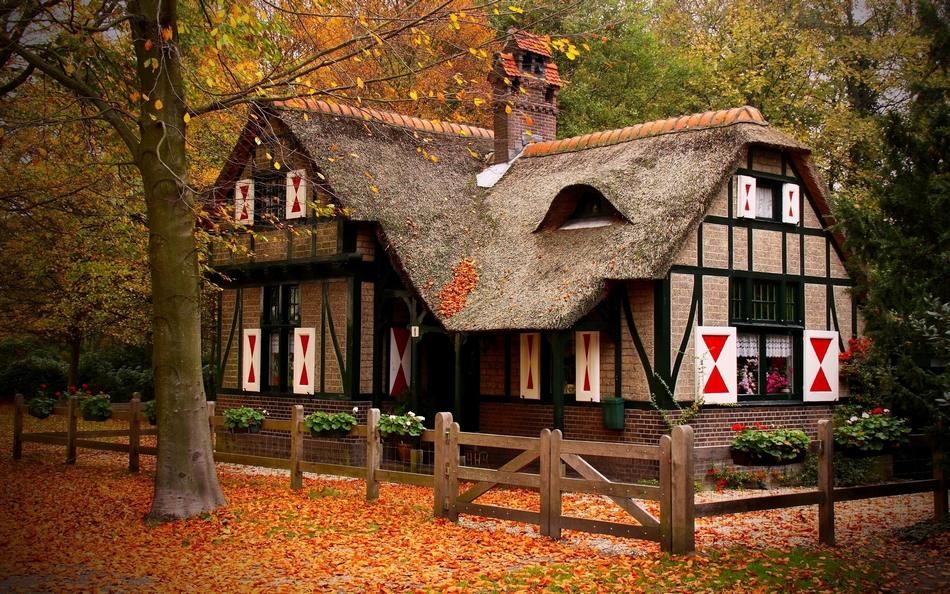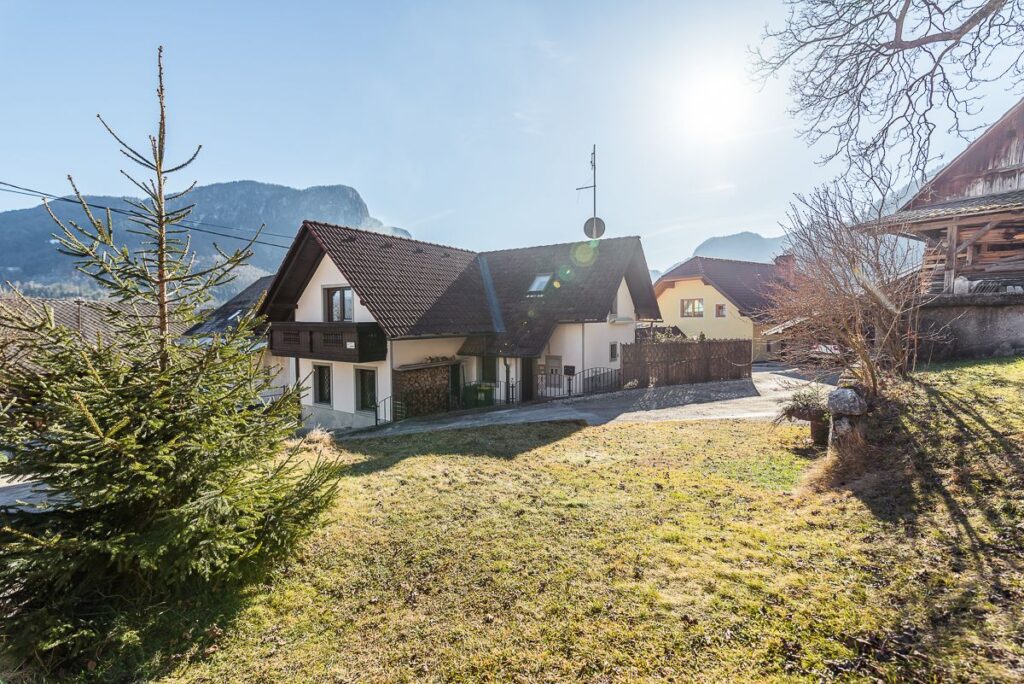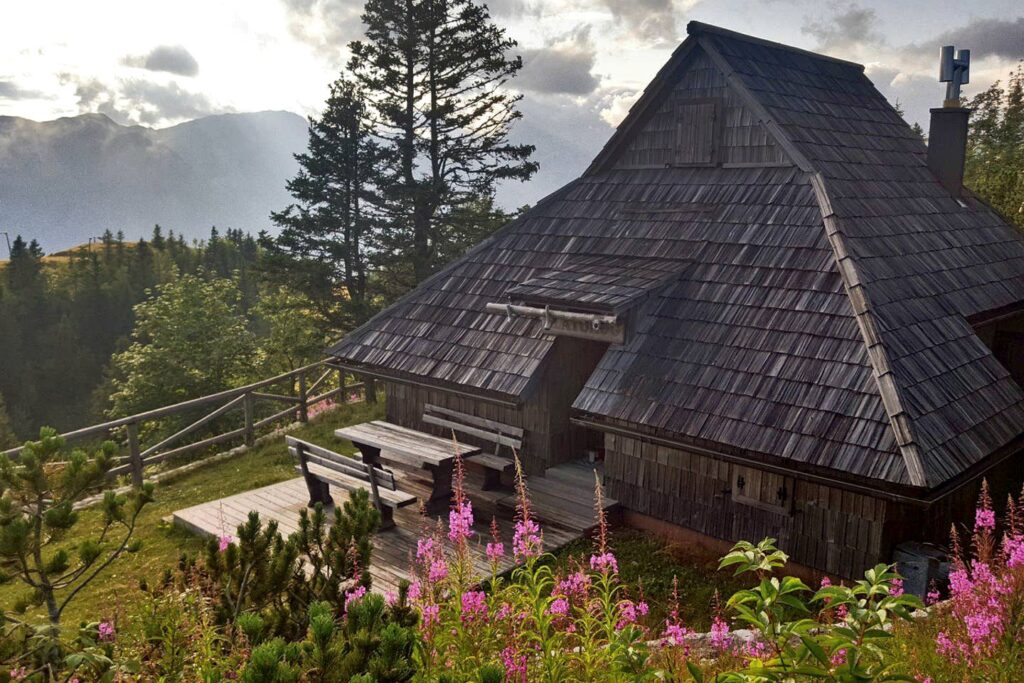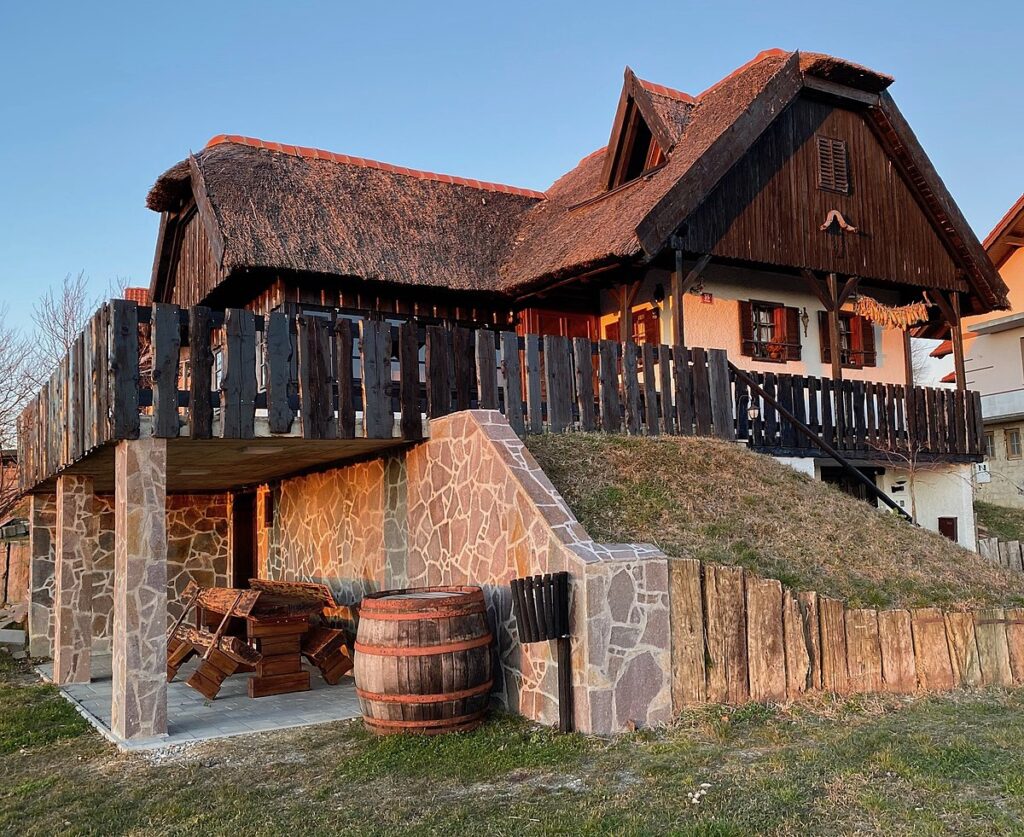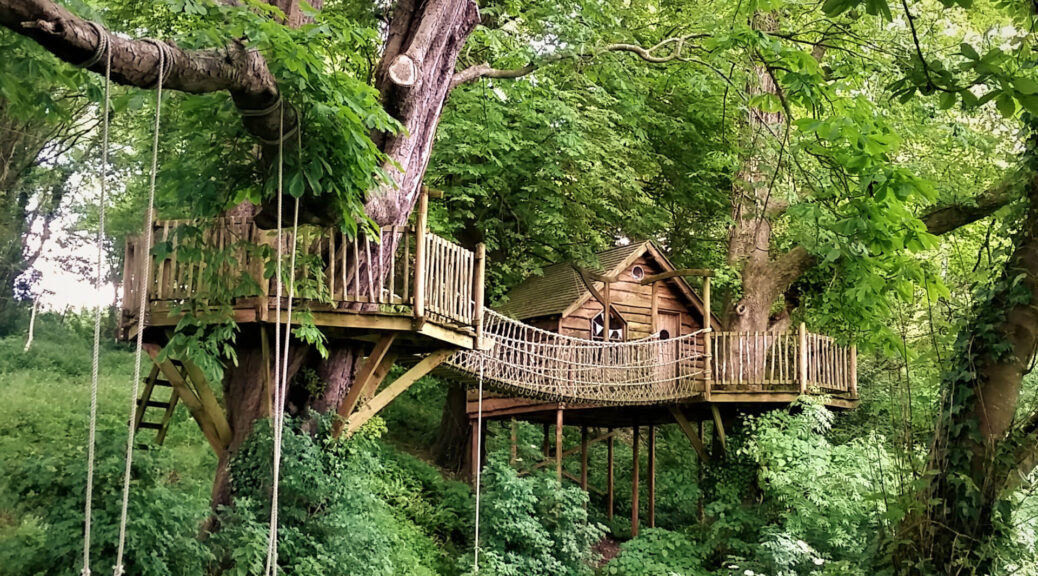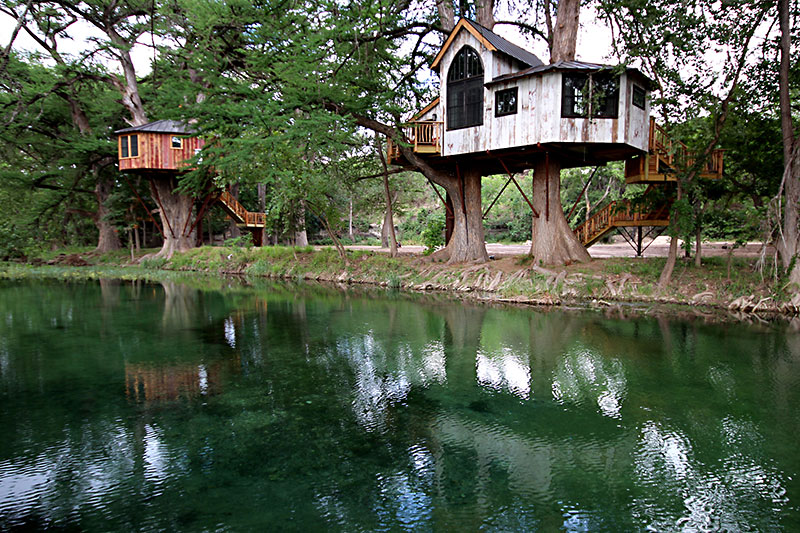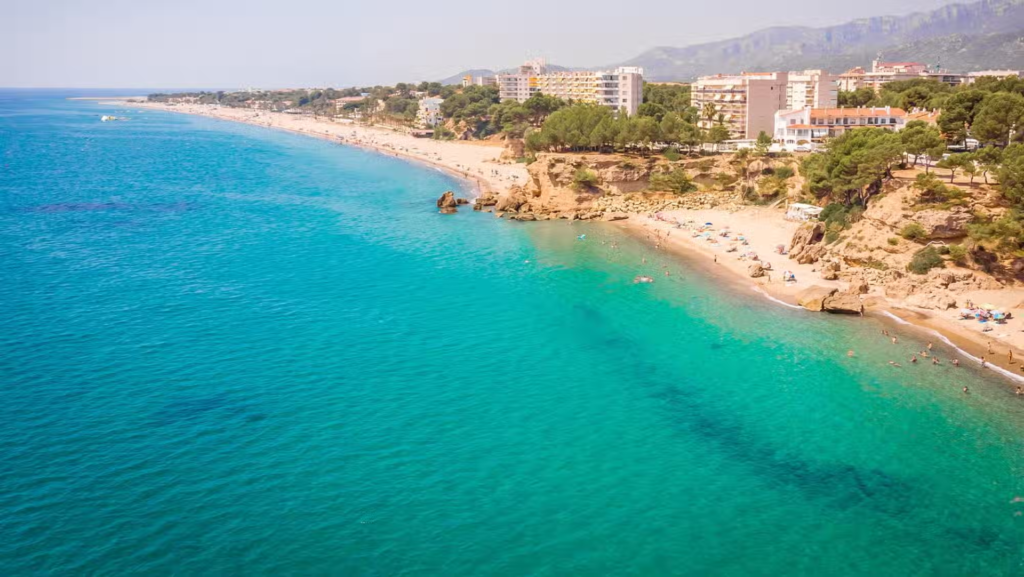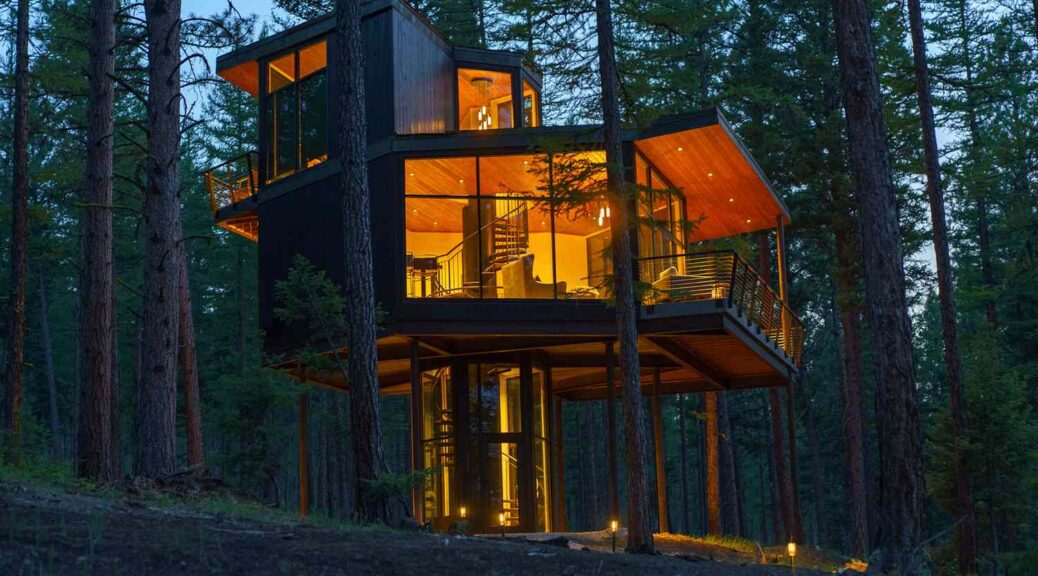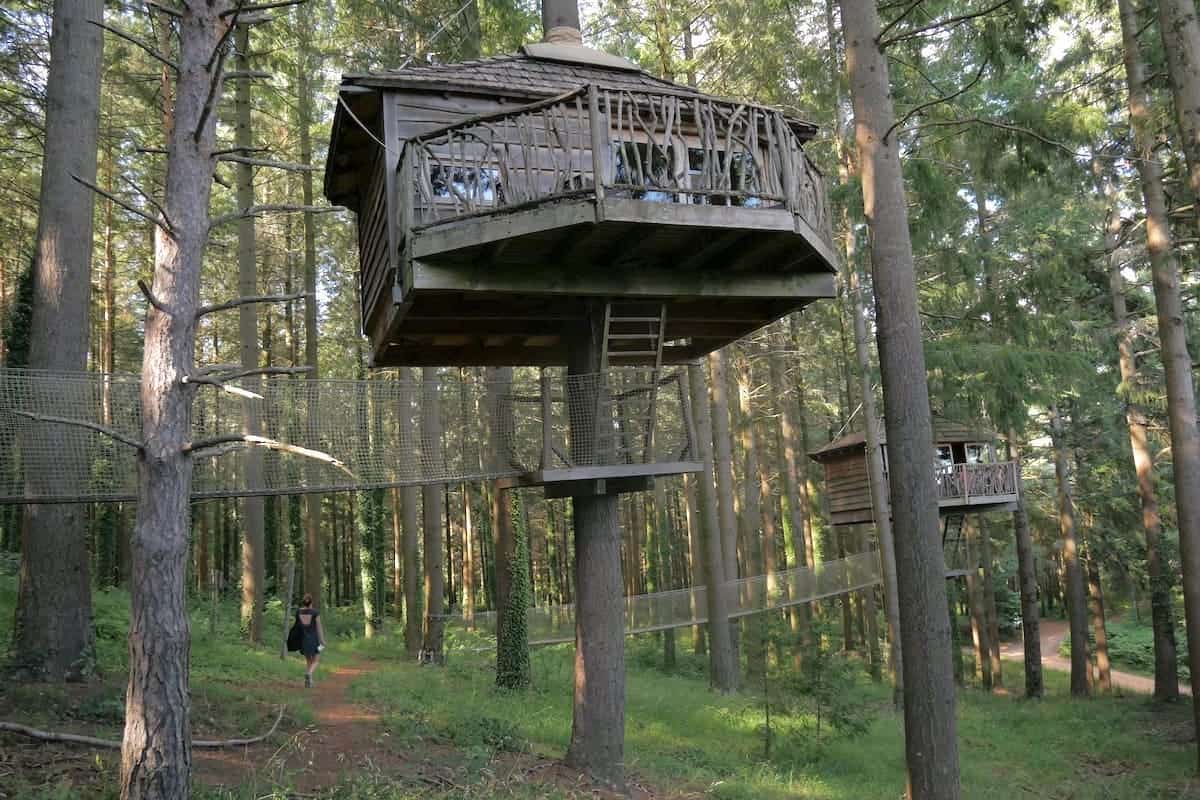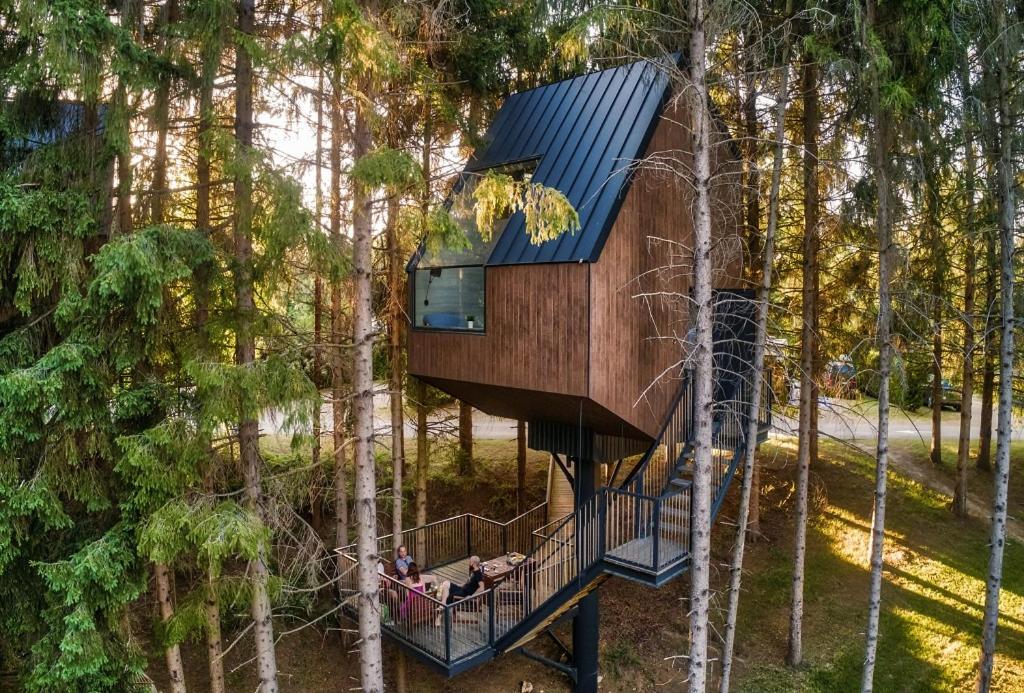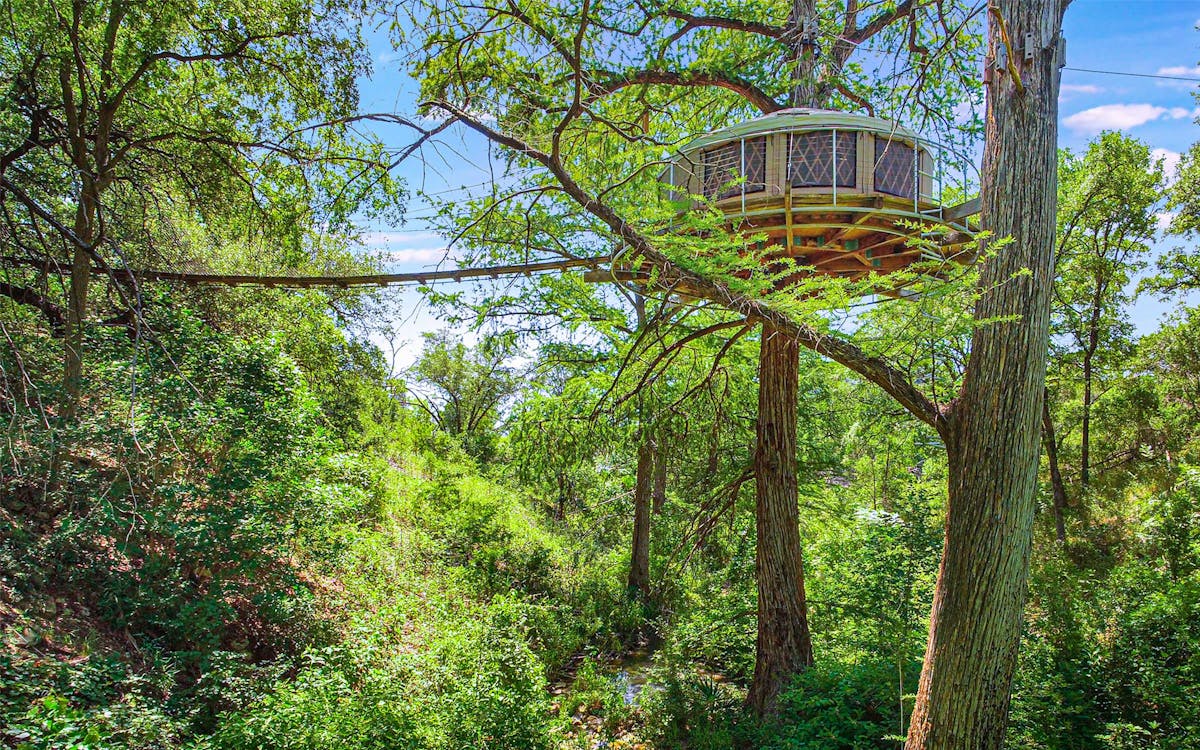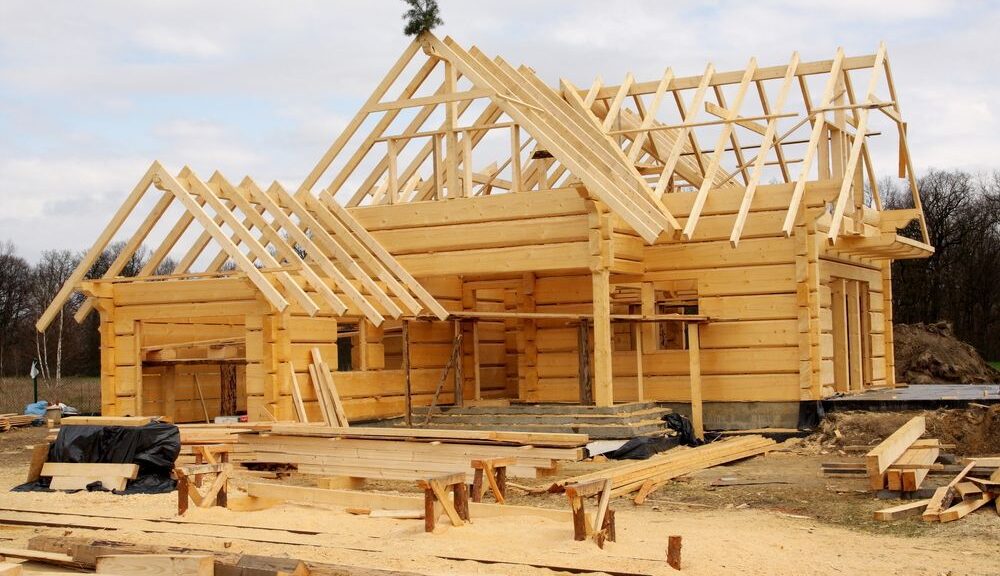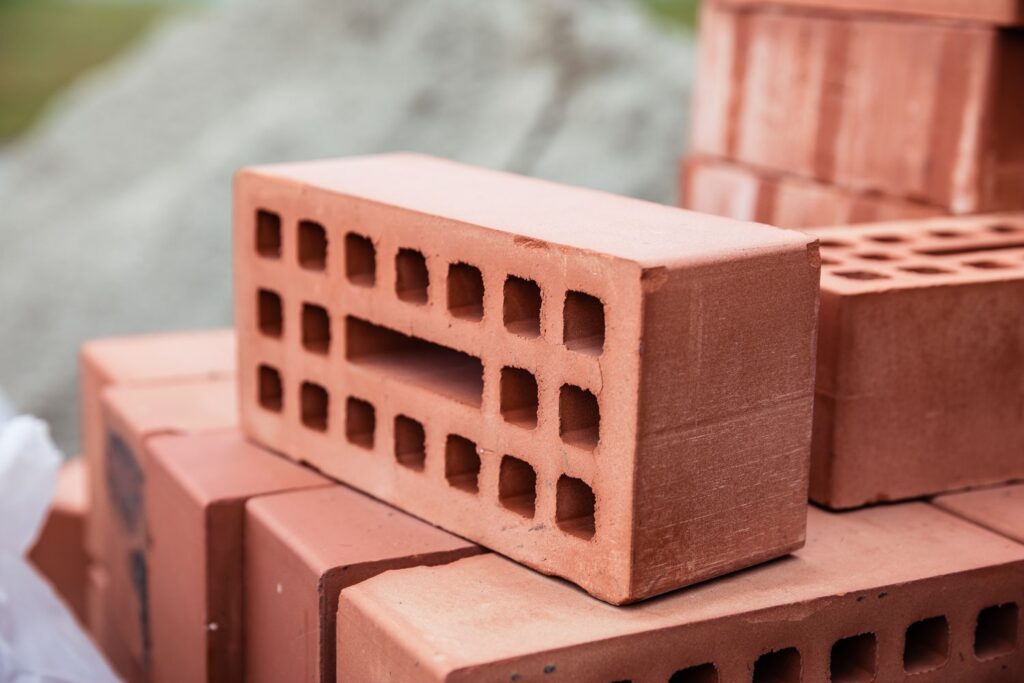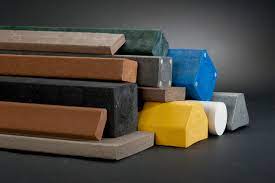Wooden cottages nestled in serene natural settings offer families the perfect escape from the hustle and bustle of daily life. These charming abodes provide not only a cozy and comfortable stay but also a unique opportunity to create cherished memories with your loved ones. In this article, we will explore a variety of engaging activities and entertainment options that will make your family vacation in a wooden cottage truly unforgettable.
Embrace the Great Outdoors

One of the primary attractions of staying in a wooden cottage is the proximity to nature. The lush surroundings and tranquil ambiance invite families to step outside and immerse themselves in the natural beauty that surrounds them. You can rent a vehicle from rent a car Beograd to go on a trip with your family.
Exploring Nature Trails
Begin your adventure by exploring the nature trails that wind through the wooded areas around your cottage. These trails often lead to hidden gems like secluded lakes, babbling brooks, and breathtaking viewpoints. Pack a picnic basket and set out on a family hike, keeping an eye out for local wildlife and colorful flora along the way. It’s a chance to connect with nature and each other in a truly special way.
Additionally, these nature trails offer an educational opportunity for kids. Encourage them to observe the various plant and animal species they encounter. Consider bringing a field guide or a smartphone app for identifying local flora and fauna. This hands-on learning experience can foster a deeper appreciation for the environment and spark their curiosity about the natural world. If you are tired after all the hiking you can take nad iv therapy to regain energy.
As you wander through these picturesque trails, you’ll also notice how the changing seasons transform the landscape. Spring brings vibrant wildflowers, while summer offers lush greenery. In the fall, the trails come alive with a riot of colors as the leaves change, and winter blankets the paths in a serene layer of snow. Each season presents a new opportunity for exploration and discovery, making your wooden cottage vacation an ever-changing and dynamic experience.
Campfire Evenings
As the sun sets behind the trees, gather around a crackling campfire with your family. Roasting marshmallows, sharing stories, and singing campfire songs is a timeless activity that brings everyone together.
Campfire evenings also provide a unique opportunity for stargazing. The absence of city lights in remote wooden cottage locations allows for clear views of the night sky. Consider bringing a telescope or binoculars for a closer look at stars, planets, and constellations. This celestial experience can be both educational and awe-inspiring for children and adults alike. It can be really cold in the woods so be sure to bring men’s hoodies with you.
Moreover, campfire nights can be a chance for some family bonding through storytelling. Encourage each family member to take turns weaving tales or sharing personal anecdotes. This not only stimulates creativity but also strengthens the emotional connections between family members. The warmth of the fire and the shared laughter will undoubtedly create lasting memories that you’ll cherish for years to come.
Stargazing
Clear nights in a secluded wooden cottage are perfect for stargazing. Lay out a blanket, lie back, and gaze up at the night sky.
Stargazing offers a unique perspective on the universe, igniting a sense of wonder and curiosity in children and adults alike. Consider bringing a star chart or a stargazing app to identify constellations and planets. Teach your kids about the mythology and stories behind these celestial formations, connecting them to cultures from around the world.
During meteor showers or celestial events like eclipses, the night sky becomes a breathtaking theater of cosmic wonders. Plan your wooden cottage vacation around these astronomical phenomena for a truly unforgettable experience. You can even make it a family tradition to return to the same cottage each year to witness these celestial marvels together.
If you notice that you have problems with your skin after spending time in nature you should contact Cheyanne Mallas to help you.
As you stargaze, you’ll find that the peacefulness of the night and the vastness of the cosmos create a sense of unity and introspection. It’s a moment to reflect on the beauty and mystery of the universe, fostering a deeper appreciation for the natural world and the bonds that tie your family together.
Indoor Entertainment

While the great outdoors beckons, wooden cottages also offer a range of indoor entertainment options for when you want to unwind or need a break from the elements.
Board Games and Puzzles
Gather around the dining table or the cozy living room and engage in friendly competition with classic board games like Monopoly, Scrabble, or chess.
Board games not only provide hours of entertainment but also teach valuable life skills. Games like Monopoly can teach financial literacy, while chess enhances strategic thinking. Encourage healthy competition among family members, and let the games bring out the laughter and camaraderie that make vacations special.
Puzzles can also be a wonderful way to unwind. A jigsaw puzzle spread out on a table can become a communal project that draws everyone in. The satisfaction of finding the perfect piece and completing a challenging image fosters a sense of accomplishment and teamwork. Puzzle nights are an excellent opportunity for family members of all ages to connect and collaborate.
If you are a cottage owner and you want to create your own merchandise you should have a branded merchandise supplier.
Movie Nights
Most wooden cottages are equipped with modern amenities, including a TV and DVD player. Take advantage of this by having movie nights with your family.
You should buy mini blinds in Utah and bring them to the cottage so you can create a better atmosphere when watching the movie.
Movie nights can be a journey of exploration, allowing you to discover new films and genres together. Let each family member take turns choosing their favorite film, and create a cozy movie-watching area with cushions and blankets. Don’t forget the popcorn and snacks for the ultimate cinematic experience.
These movie nights can lead to meaningful discussions as well. After the film, engage in a family conversation about the themes, characters, and lessons portrayed on screen. It’s an opportunity to share perspectives, bond over shared emotions, and deepen your understanding of one another.
Speaking of movies if you are an aspiring filmmaker and you want to make films you should enroll in filmmaking courses.
Cooking Adventures
The kitchen in your wooden cottage is not just for preparing meals; it’s also an opportunity for culinary adventures with your family. Be sure to bring your food in eco-friendly packaging if you want to protect the environment.
Baking Treats
Get the whole family involved in baking delicious treats. Whether it’s cookies, brownies, milk chocolate edibles, or a homemade pizza night, the kitchen can be a hub of creativity and deliciousness.
Baking is a sensory experience that engages all the senses. Kids love getting their hands messy and contributing to mealtime. As they measure ingredients, mix batters, and watch their creations rise in the oven, they learn valuable skills that can last a lifetime.
Moreover, baking together fosters a sense of togetherness and accomplishment. Everyone can take pride in the delectable results of their collective efforts. Plus, enjoying the fruits of your labor over a warm batch of cookies is a delight that transcends age.
Local Cuisine
Explore the local cuisine by preparing dishes that feature regional specialties. Visit a nearby farmers’ market or grocery store to source fresh ingredients, and then cook up a meal together.
Bring Japanese scissors with you to easily cut all the food.
Cooking local dishes not only exposes your family to new flavors but also connects you to the culture of the region you’re visiting. Learn about the history and traditions behind these recipes, and share stories about the local ingredients you encounter.
Involve your kids in the cooking process, teaching them about the importance of sustainable and locally sourced food. It’s a valuable lesson that instills an appreciation for the environment and the communities you visit. Plus, preparing and enjoying a meal together becomes a shared experience that adds depth to your family vacation.
Explore Nearby Attractions
Beyond the wooden cottage itself, there are often plenty of exciting attractions and activities in the surrounding area.
Nature Reserves and Parks
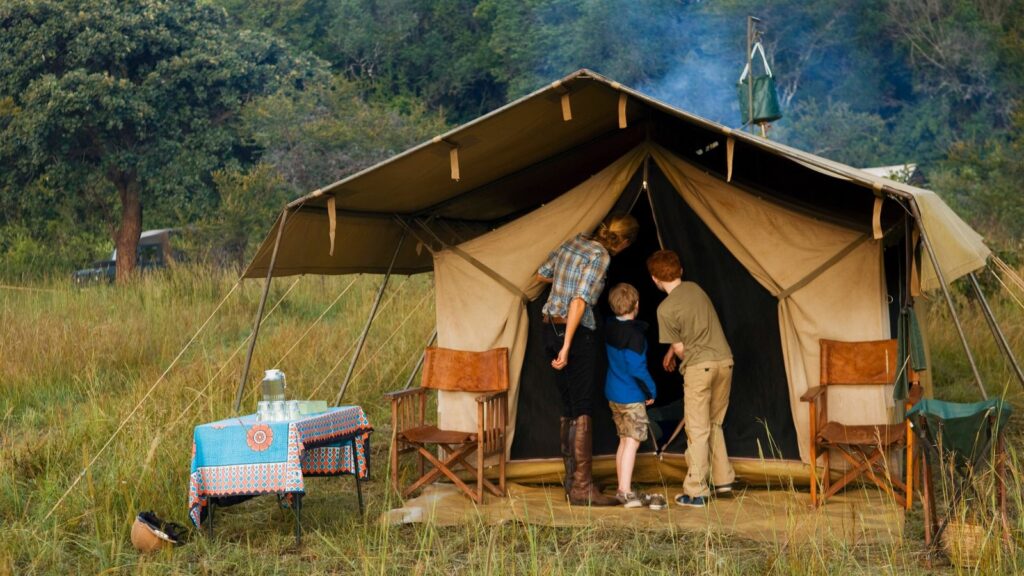
Research nearby nature reserves and parks, and plan a day trip to explore them. Whether it’s hiking, birdwatching, or simply enjoying a picnic in a picturesque setting, these natural gems offer a chance to connect with the environment and create lasting memories.
Nature reserves and parks are often home to diverse ecosystems, and visiting them can be a hands-on science lesson for your kids. Encourage them to identify various plant and animal species, and discuss the importance of conservation and environmental stewardship. Engaging with nature in this way fosters a sense of responsibility for the natural world.
Additionally, these outdoor adventures provide ample opportunities for physical activity and exercise, promoting a healthy lifestyle for your family. Whether you’re scaling a lookout point or splashing in a pristine lake, the memories created in these natural settings will be etched in your hearts.
Historical Sites
Learn about the local history by visiting historical sites and museums in the region. Many wooden cottage destinations have a rich heritage waiting to be discovered.
Historical sites offer a window into the past, allowing your family to learn about the people and events that shaped the area you’re visiting. Walk through the corridors of ancient castles, explore the ruins of old settlements, or visit museums that showcase artifacts and stories from times gone by.
If you want to educate your kids about history you can contact Bettendorf tutors.
Engaging with history can spark lively discussions and curiosity among family members. Encourage your kids to ask questions and seek answers about the past. Share anecdotes and legends related to these sites to make history come alive.
By connecting with the history of the region, you gain a deeper understanding of its culture and identity. These experiences not only educate but also inspire a sense of wonder and appreciation for the world’s diversity.
Adventure Activities
For those seeking a thrill, look into adventure activities such as zip-lining, horseback riding, or white-water rafting, which are often available in the vicinity of wooden cottage destinations.
If you are feeling tired after your journey you should visit a spa in Toronto to relax and regain energy.
Adventure activities inject an adrenaline rush into your family vacation. They offer a chance to conquer fears, build confidence, and create exhilarating memories. Whether you’re soaring through the treetops on a zip line, galloping through scenic trails on horseback, or navigating the rapids of a river, these experiences encourage teamwork and trust among family members. Be careful about plants that can cause allergies. If you have problems breathing you should go to allergy treatment in Marietta GA.
Additionally, adventure activities often take place in stunning natural settings, providing a unique backdrop for your adventures. Imagine zipping through a forest canopy or riding alongside a pristine river. The combination of adrenaline and natural beauty makes for an unforgettable experience.
Just so you know if you live in Whitehall and you want to move to a cottage in nature we buy houses in Whitehall PA.
Moreover, these activities can serve as valuable learning opportunities for your children. They can gain insights into the importance of safety, risk management, and the environment while enjoying heart-pounding excitement.
If you are blown away by nature’s beauty you can buy landscape tapestries for your home.
In conclusion, a family vacation in a wooden cottage is an opportunity to escape the everyday routine and connect with your loved ones in a natural and peaceful environment. Whether you’re exploring the great outdoors, enjoying indoor entertainment, cooking together, or discovering local attractions, the activities and entertainment options are as diverse as the memories you’ll create. So, pack your bags and head to a wooden cottage for a vacation that will be etched in your family’s hearts forever.

